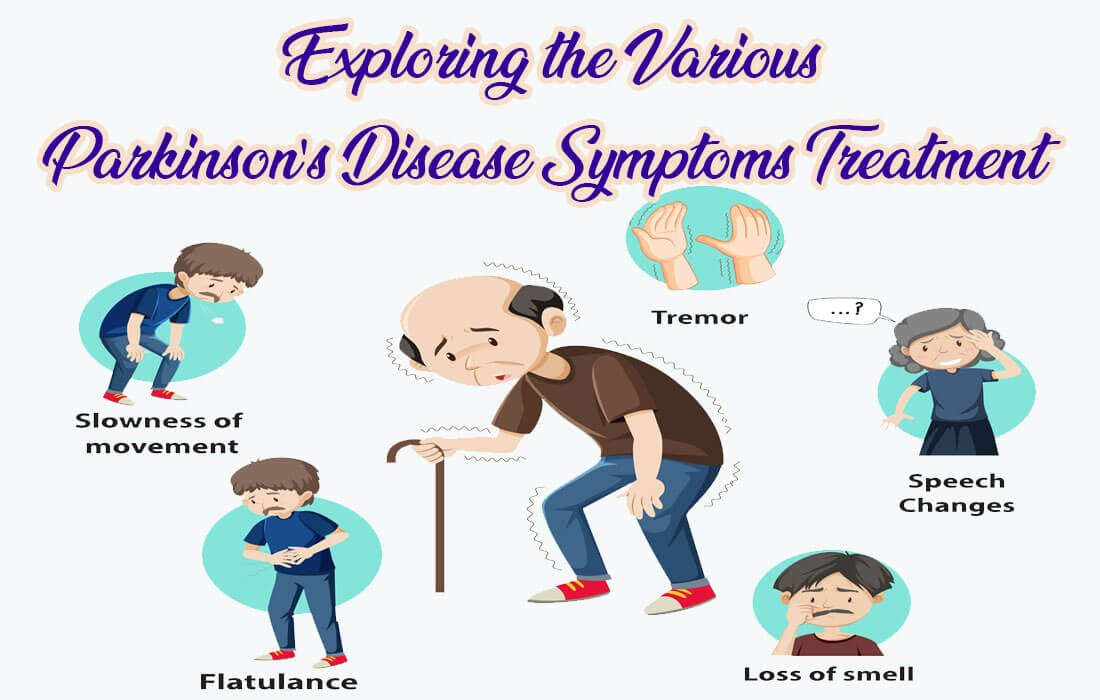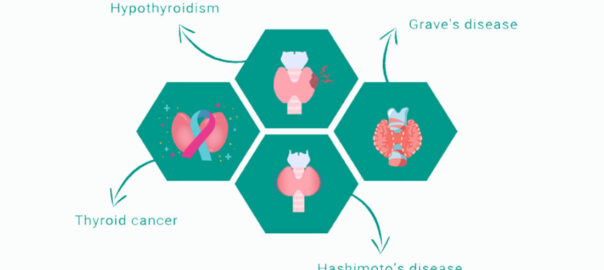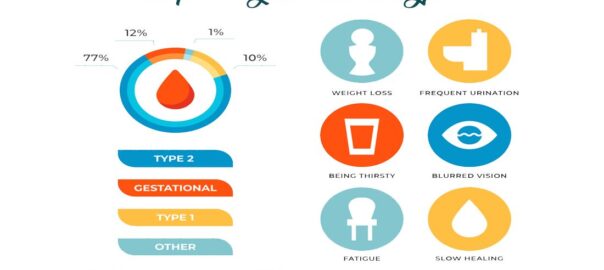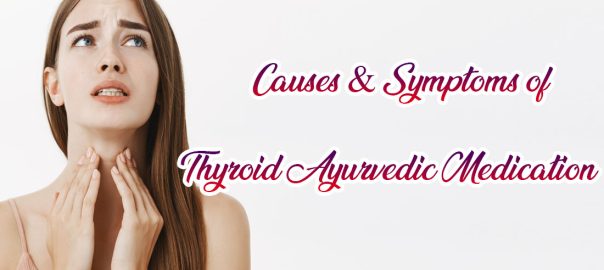
Many people face the challenges of Parkinson’s disease, a progressive disorder. It’s a neurodegenerative disease that primarily affects movement but can also impact cognitive function, mood, and sleep. Although tremors, rigidity, and bradykinesia are the typical manifestations of Parkinson’s disease, it’s important not to overlook other symptoms, such as depression, anxiety, and sleep disorders. Parkinson’s disease can manifest with a range of physical and emotional symptoms, which may differ from one person to another. This blog post will explore the common and uncommon parkinson’s disease symptoms treatment. We will thoroughly discuss and provide effective solutions for managing these symptoms. Whether you have Parkinson’s or know someone who does, this post will provide valuable insights into understanding and managing this debilitating disorder.
Common Symptoms of Parkinson’s Disease
Parkinson’s disease, which impacts movement, is a progressive neurodegenerative disorder resulting from reduced dopamine-producing cells in the brain. It is characterized by a wide range of symptoms that can vary in severity and progression from person to person. Here are some common symptoms of Parkinson’s disease:
- Tremors: Tremors, often starting in one hand, are a hallmark symptom of Parkinson’s disease. These tremors typically occur at rest and may decrease or disappear with purposeful movement.
- Bradykinesia: It refers to the slowness of movement. People with Parkinson’s disease may experience difficulty initiating actions, have reduced facial expressions, and perform activities at a slower pace.
- Muscle Rigidity: Parkinson’s can cause stiffness and rigidity in the muscles, making movements and tasks more challenging. Muscles may feel tense or tight, and there may be resistance when attempting to move them.
- Postural Instability: Balance and coordination issues are common in Parkinson’s disease. Individuals may have difficulty maintaining an upright posture, resulting in a stooped or forward-leaning stance. Falls can become more likely when someone experiences postural instability.
- Gait Changes: Parkinson’s can affect the way a person walks. Individuals may exhibit a shuffling gait with shorter steps, decreased arm swing, and difficulty initiating or stopping movements. Gait changes can contribute to balance problems.
- Freezing of Movements: Freezing episodes occur when a person temporarily feels unable to move or feels like their feet are stuck to the ground. It commonly occurs when initiating or changing movements, such as when starting to walk or turning.
It’s important to note that Parkinson’s disease is progressive, and symptoms may worsen over time. Thus, Ayurvedic solutions for Parkinson’s can help improve these symptoms, including herbal formulations, dietary changes, and lifestyle modifications. These solutions reduce symptoms such as tremors, stiffness, and rigidity by strengthening the body’s natural defence mechanisms.
Uncommon Symptoms of Parkinson’s Disease
Non-Motor Symptoms: Parkinson’s disease can also cause various non-motor symptoms, including depression, anxiety, sleep disturbances, constipation, urinary problems, loss of sense of smell (anosmia), cognitive changes, and speech difficulties.
- Depression: It is a common non-motor symptom of Parkinson’s. It is crucial to address and manage depression as it can significantly impact an individual’s quality of life. Signs of depression involve continual sadness, decreased interest or joy from activities, alterations in appetite, disturbances in sleep, and a pervasive sense of hopelessness.
- Anxiety: Parkinson’s patients may face anxiety disorders, including generalized anxiety disorder and panic attacks. You might undergo symptoms like excessive worrying, restlessness, irritability, and physical signs such as a rapid heartbeat and breathlessness.
- Sleep Disturbances: Sleep problems are prevalent in Parkinson’s and can include insomnia, difficulty staying asleep, restless legs syndrome, and sleep. These disturbances can lead to daytime sleepiness, fatigue, and decreased well-being.
- Constipation: Parkinson’s can affect the muscles responsible for bowel movements, leading to constipation. Slow gut motility, reduced coordination, and decreased fluid intake can contribute to difficulty passing stools.
- Loss of Sense of Smell (Anosmia): A loss of sense of smell is often an early non-motor symptom of Parkinson’s disease. Individuals may have difficulty detecting or distinguishing odours, which can affect their enjoyment of food, as smell plays a crucial role in taste perception.
- Cognitive Changes: Parkinson’s can lead to mild mental changes, including problems with attention, memory, executive functions (such as planning and decision-making), and processing speed. In some cases, these changes can progress to Parkinson’s disease dementia.
- Speech Difficulties: As mentioned earlier, speech problems are common non-motor symptoms of Parkinson’s disease. These include reduced vocal volume (hypophonia), slurred or indistinct speech (dysarthria), monotone speech, imprecise articulation, and festinating speech.
Parkinson’s disease is a multifaceted disorder that manifests with various symptoms. The use of ayurvedic medicine for parkinsons provides an alternative approach to managing Parkinson’s patients and can enhance their overall quality of life.
Effective Ways to Manage the Symptoms
Dealing with the symptoms of Parkinson’s disease can be challenging, but some practical strategies and techniques can help improve daily functioning.
Here are some different ways to manage specific symptoms:
1) Tremors:
- Experiment with different positions or ways of holding objects to minimize the impact of tremors.
- Use adaptive equipment such as weighted utensils, special pens, or stabilizing devices to assist with tasks like eating or writing.
- Consider effective techniques, such as deep breathing or meditation, to help reduce stress, resulting in an effective hand tremor treatment.
2) Bradykinesia (Slowness of Movement):
- When faced with a daunting task, dividing it into smaller and more manageable steps is helpful.
- Practice exercises and stretches to maintain flexibility and improve mobility.
- Use cues like verbal reminders or visual prompts to initiate and maintain movement.
3) Rigidity (Muscle Stiffness):
- Engage in regular stretching exercises to maintain muscle flexibility and range of motion.
- Apply heat therapy, such as warm towels or heating pads, to stiff muscles to help relax them.
- Consider gentle massages or foam rolling to alleviate muscle tension and stiffness.
4) Freezing of Gait:
- Utilize visual cues like lines on the floor or stepping over objects to help initiate walking.
- Practice rhythmic movements like counting or using a metronome to establish a regular walking pattern.
- Try different techniques, such as marching in place or stepping backwards, to help “unfreeze” during gait freezing.
5) Postural Instability (Balance Problems):
- Ensure a safe environment by removing tripping hazards and installing grab bars or handrails as needed.
- Improve stability and prevent falls with balance exercises like tai chi or yoga.
- The use of canes or walkers can enhance stability and pr
- ovide added support. It is worth considering using them to make sure you stay safe and secure.
6) Speech and Swallowing Difficulties:
- Practice speech exercises to improve speech clarity, such as exaggerating vowel sounds or speaking slowly.
- Modify food textures or consider swallowing strategies, such as taking smaller bites and sipping fluids with meals, to ease swallowing difficulties.
7) Fatigue:
- Prioritize activities and break them into smaller daily tasks to conserve energy.
- Plan regular rest periods to avoid overexertion and manage fatigue.
- Engage in light to moderate physical activity or exercises that can help improve overall energy levels.
Conclusion
Parkinson’s disease is a complex disorder that can cause various physical and emotional symptoms. While tremors and muscle stiffness are often the most recognizable symptoms, it’s important not to overlook the impact of other symptoms, such as depression, anxiety, and sleep disorders. By exploring both the common and uncommon parkinson’s disease symptoms treatment, we hope to raise awareness of the challenges faced by those living with this condition. Whether you are living with Parkinson’s disease or supporting someone who is, understanding these symptoms is crucial to effectively managing the disease and improving quality of life.










